Long ago, Enix released an RPG that would revolutionize gaming and spawn a series still going strong today. Dragon Warrior was the first of its kind, though rather basic in scope and mechanics.
Not long after it released came Dragon Warrior II. It provided a host of improvements over its predecessor, with expanded combat options, more characters, and a broader story carrying on the Erdrick saga. It was ported to Android and iOS as Dragon Quest II: Luminaries of the Legendary Line, and that’s the version the recent PlayStation 4 and Nintendo Switch ports are based on.
It boasts the usual improvements modern ports of older games tend to feature, such as some quality of life upgrades, better soundtracks, tweaked scripts, and much nicer looking sprites.
Yet the big, loaded question is whether Dragon Quest 2 is worth playing this many years later, even with these improvements.
That’s not an easy one to answer.
Go Forth, Young Prince
Dragon Quest 2‘s story is standard for a late ’80s game, but that doesn’t mean it’s bad; it’s just fairly simple.
It takes place long after the events of the first Dragon Quest, starring three of Erdrick’s illustrious descendants — the titular Luminaries, a name which should sound familiar to anyone who’s played even a bit of Dragon Quest XI.
One day, the fiendish followers of Hargon invade the peaceful kingdom of Middenhall, destroying its castle and king along with it. It falls to your character to venture forth and gather the Prince of Cannock and the Princess of Moonbroke to eventually take the fight to Hargon.
That’s pretty much all there is to the story. You travel around and gather your cousins, then travel some more, conquering dungeons and gathering the necessary sigils to successfully defeat Hargon at the end of the road.
Dragon Quest stories tend to be fairly conservative on the scale of RPG narrative innovation to begin with, though DQ 2 was a huge step up from its predecessor when it released.
The world is much bigger, and you have party members this time. Though the plot is ultimately a variation of “Hero defeats evil villain,” it does continue the story told in the original game, unlike Final Fantasy.
We take these things for granted now, but it doesn’t take away from appreciating that kind of continuity and improvement put into older games.
Simple Can Be Good
How this resonates with you today depends on your expectations. But, in a world that sets 100+ hour character-driven epics as the standard, there’s something refreshing about a simple game you can finish in under 20 hours. That goes double for a game that’s mostly straightforward, one you can just have fun working through.
The same kind of simple setup applies to the game’s mechanics. Combat is rudimentary, though still more involved than the first Dragon Quest. Apart from two additional party members, DQ 2 also introduced the seeds of what would become the series’ class system.
The Prince of Midenhall (aka you) is the warrior type and can’t actually use magic, unlike most DQ heroes. Cannock’s prince is a mixture of warrior and mage, learning spells like Heal and Sizz without excelling in physical or magical strength. The Princess of Moonbroke is the only one who fits the usual mage class, being squishy but magically powerful.
The game has more combat abilities than its predecessor, though the range of spells and physical attacks is still limited.
Fights are in first-person, like most of the series’ fights until DQ 8. Just like you have more party members, your foes can come at you in larger groups as well, and unlike the original DQ 2, these fights take place on animated backgrounds. Sprites are static, though that and the first-person perspective are actually a big boon.
Why? Because it means combat goes faster without snazzy animations and detailed models. That’s a good thing because you’re in combat a lot.
The random encounter rate in Dragon Quest 2 is almost obscene, with fights occurring as frequently as every step you take. Yet you do also need to fight most of these. DQII is no exception to the Dragon Quest rule of requiring lots of experience points to level up.
Most fights are stingy in the amount of experience and gold you get from them, but if you run from too many, you’ll find you die more quickly than you’d like later on.
It creates an interesting, if sometimes tedious, balance between dealing with a highly intrusive encounter rate on and short fight times. You’ll grind because you have to — but not for endless hours.
Thankfully, there are no transition screens or load screens when you begin and end a battle, which helps make them go even faster. However, it would have been nice to have an option to reduce the rate. This is 2019, after all.
Ye Olde Adventure
There is a caveat to all this simplicity and streamlining, though, and it’s one you’ll want to keep in mind if this is your first Dragon Quest game.
“Simple” and “straightforward” might be friends in a thesaurus, but they’re miles apart in Dragon Quest 2. Being a game from the ’80s means Dragon Quest 2 expects you to either play it very frequently, take notes, or use the 21st-century version of the playground information network (online guides).
Naturally, you don’t get objective markers, your map features no names, and you’ll need to talk to townsfolk to get a clue about where you need to go next.
Don’t forget that clue, because there’s no “story up to now” feature either. The trouble is, these clues can be very vague indeed. It’s all well and good to describe a specific location, but when you’ve never been there, and the map isn’t the best at showing landforms and the like, there’s still a bit of guesswork and extra travel involved.
There’s no bag feature like later Dragon Quest entries either, so your inventory capacity is significantly limited. You also don’t get HP and MP restored upon leveling up.
You’ll burn through Medicinal Herbs and MP using Heal pretty quickly at first, which means it’s back to town using a Chimera Wing (assuming you remembered to buy one), then another monster-filled slog to whatever dungeon you had to evacuate from.
Save points are infrequent. You can save by speaking to the kings of each castle and some other NPCs in certain places, but unless it’s a king, there’s no way of knowing who will let you save. Fortunately, there is a quick save feature.
Your cousins don’t get any character development either, which is a big difference from later DQ games that interweave character stories with the overall plot.
These setbacks, plus the encounter rate and somewhat barebones plot work much better for those who are already fans of the series or who have a good tolerance level for older games. Others might walk away wondering what all the fuss is about this Dragon Quest thing.
Some Improvements
Some things did get updated, though. Unlike the port of Romancing Saga 2, this port is solid in terms of text size, interface, and general appearance.
The graphics got a new coat of paint, so they’re upgraded even from the SNES version — more vibrant colors, just a bit of extra detail to help make environment models look nice, and as mentioned, backgrounds for combat.
There’s always some chatter about character sprites in Square Enix’s mobile games. While there is a slight disconnect between their style and color and the style and color of the environments, it’s not that much of an assault on the eyes.
DQ 2‘s soundtrack is also simple, but it’s a great example of why soundtracks usually don’t change much. They just work — really well. It’s made even more pleasant thanks to the MIDI treatment the original chiptune tracks received, which puts the soundtrack just a bit below the quality of the DQ IV, V, and VI remakes on the DS.
Finally, the text. Later Dragon Quest games add in a variety of dialects depending on location and specific individuals. Dragon Quest 2, like its brethren, uses just a variant of old English instead of including different dialects, but it’s definitely been spiced up from the original text as well.
It’s cute, too, and adds a bit of verve to all the dialogue, unlike the medieval literature that is a certain H’aanit’s dialogue in Octopath Traveler.
Plus it gives you scenes like this:
Pros:
- Still solid gameplay, after two decades
- More varied combat, even if still limited compared to what the third entry brings
- Fast and simple combat
- Something you can reasonably expect to finish in a month or two
- A chance to experience part of the series’ origins on consoles again
Cons:
- It’s obviously a two-decade-old game
- That encounter rate
- Would have benefited from additional QoL enhancements
In the end, this is a game you can’t really assign a score to. On the one hand, Dragon Quest 2 is completely solid and enjoyable by itself. The port is good in terms of presentation, but it really did need some extra attention to help ease that transition into the modern era.
If you’re good with retro blemishes and don’t mind having to put up with some iffy features, then jump right in. If not, you’d probably want to look elsewhere for your first, or next, Dragon Quest experience.
[Note: Square Enix provided a copy of Dragon Quest II: Luminaries of the Legendary Line for this review.]

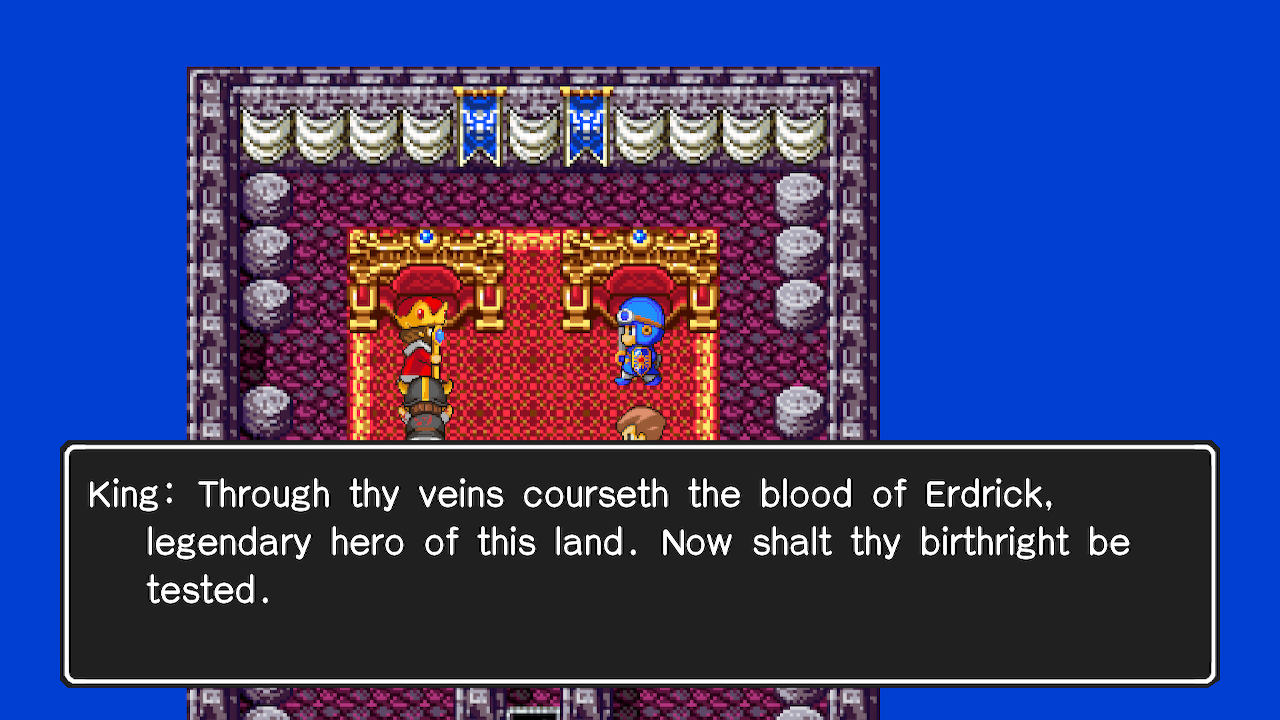
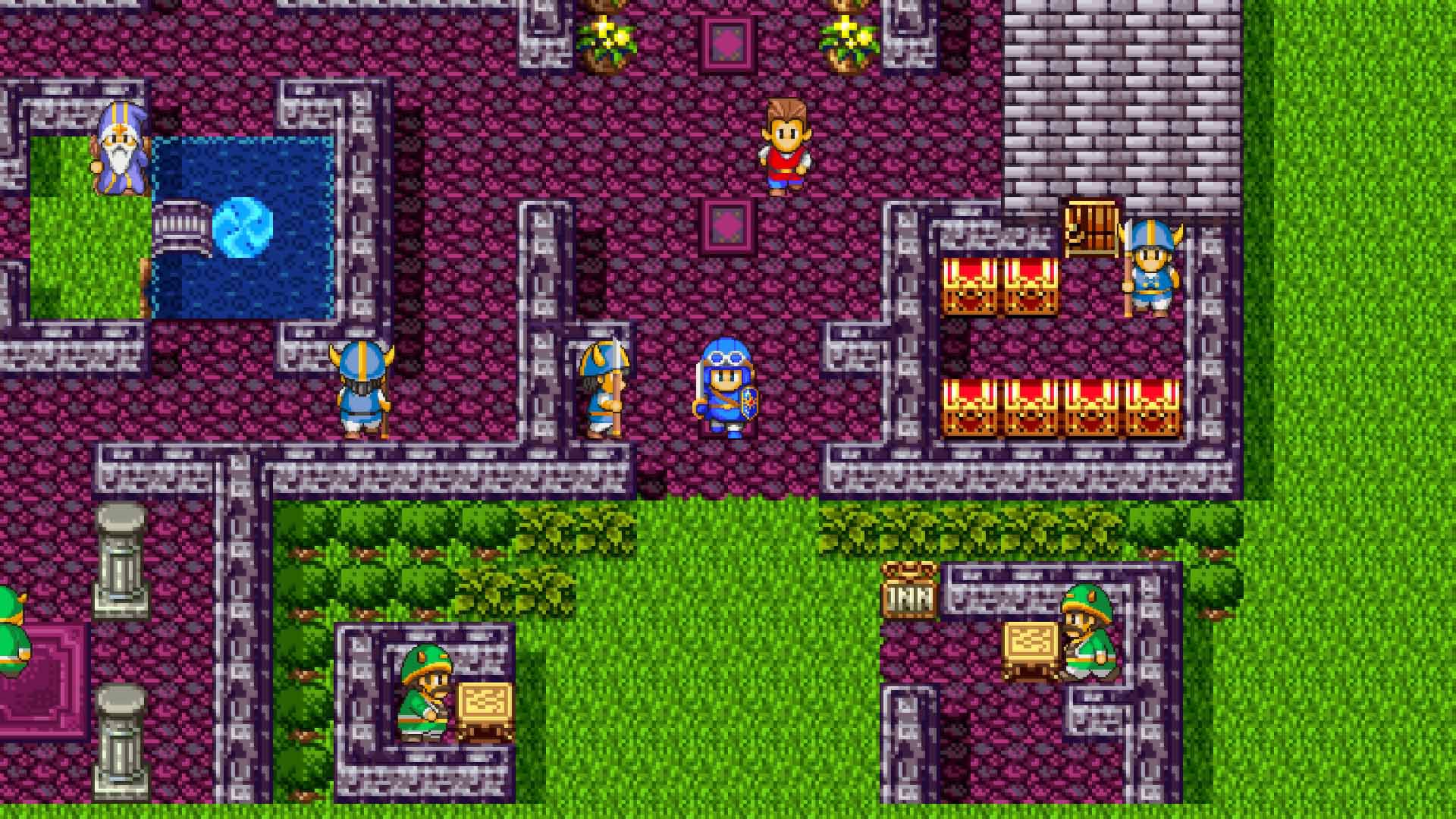
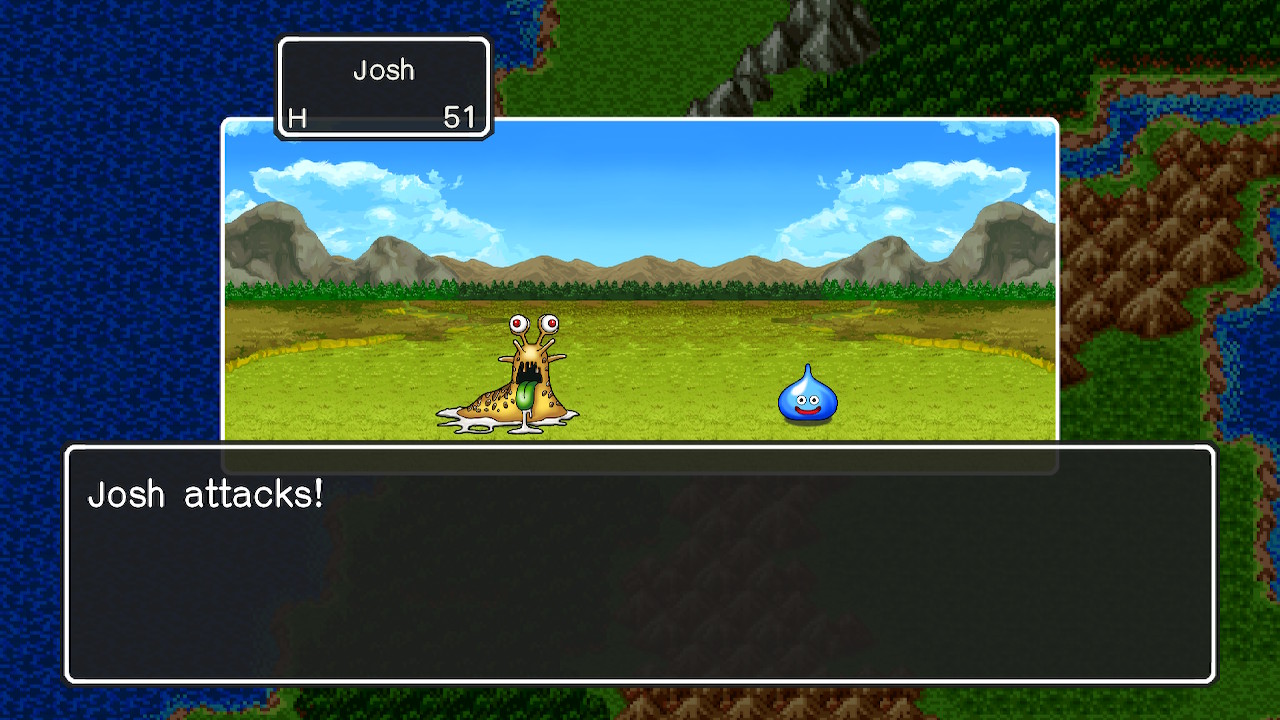
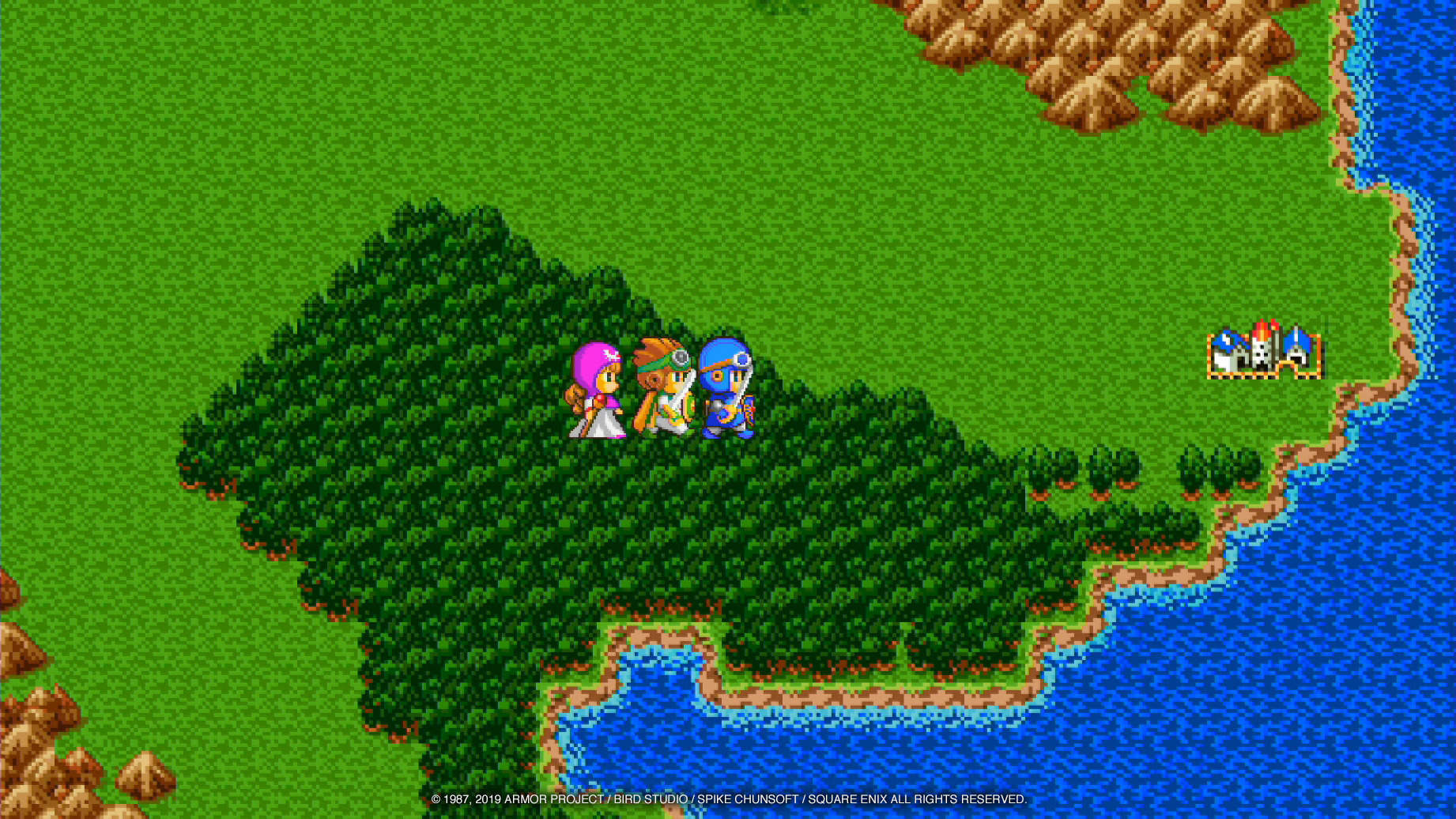
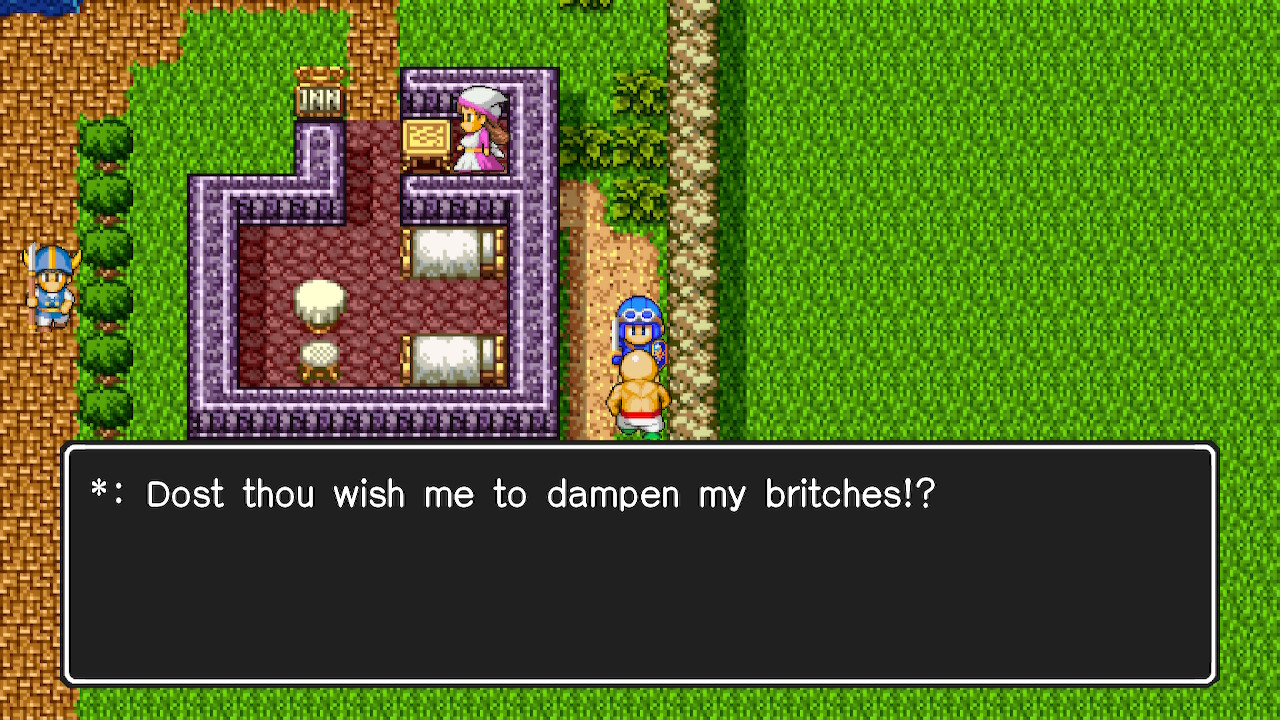





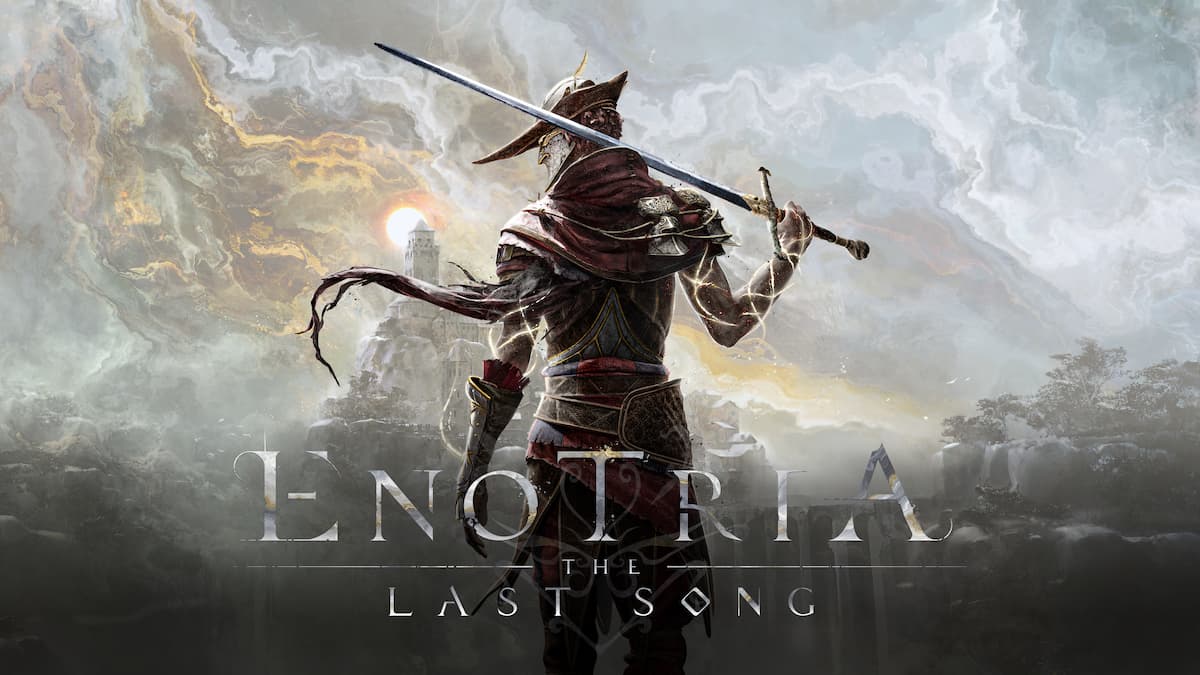
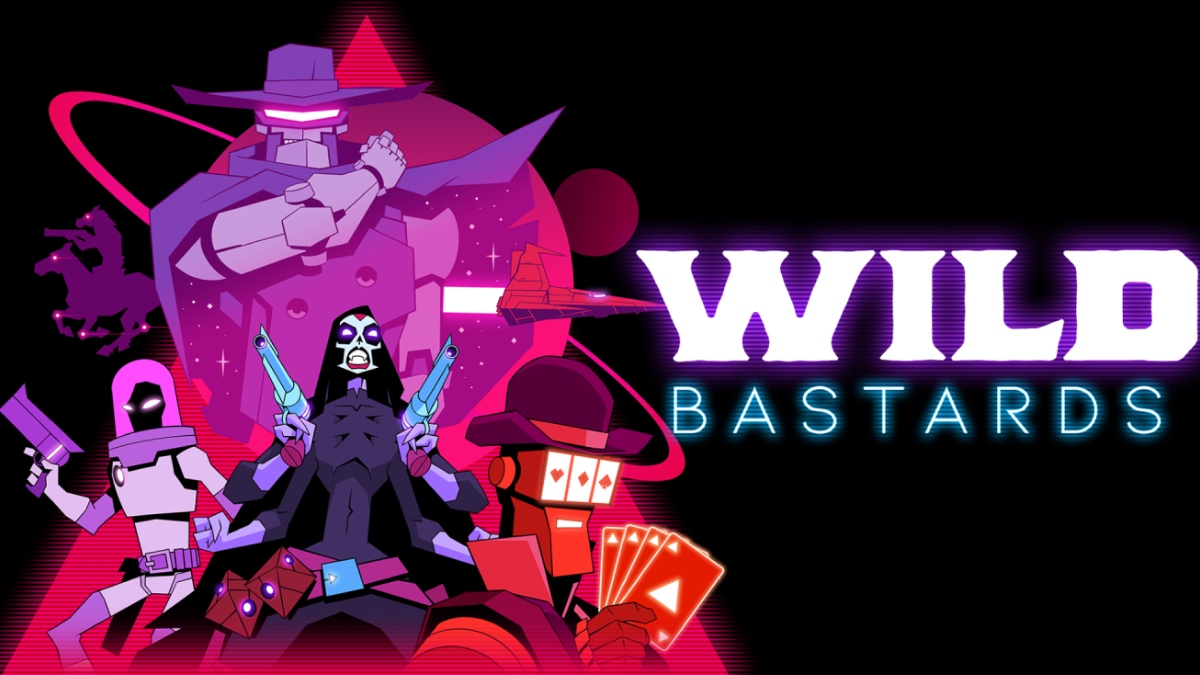
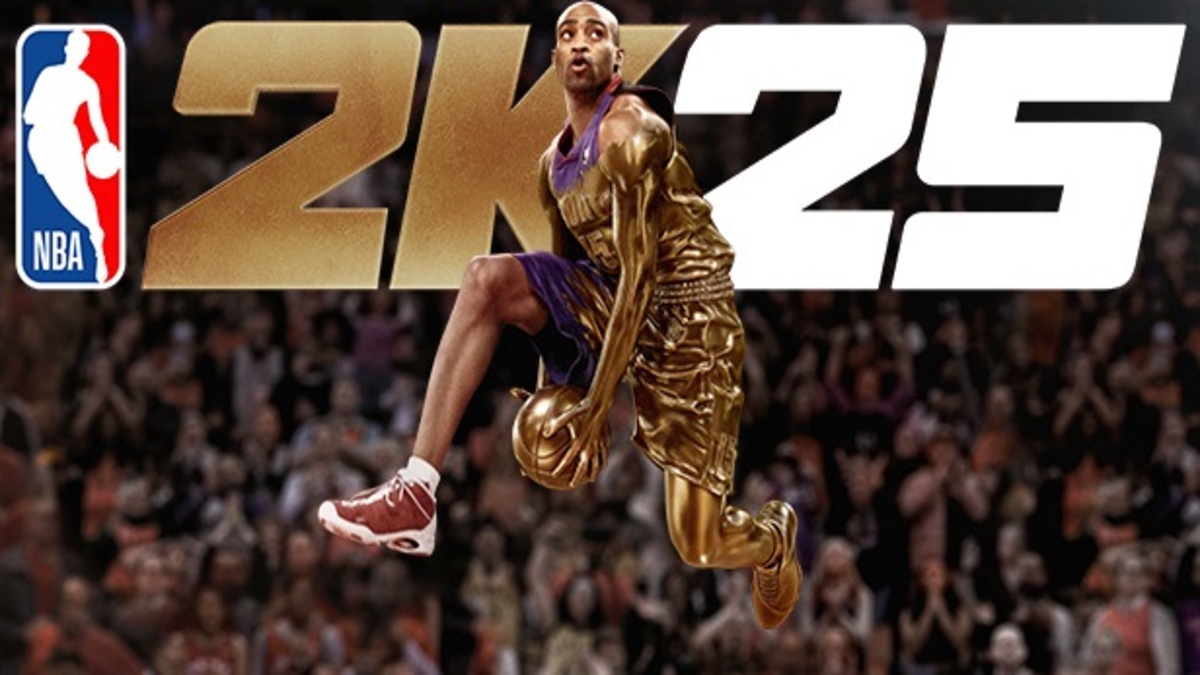
Published: Oct 2, 2019 03:07 pm